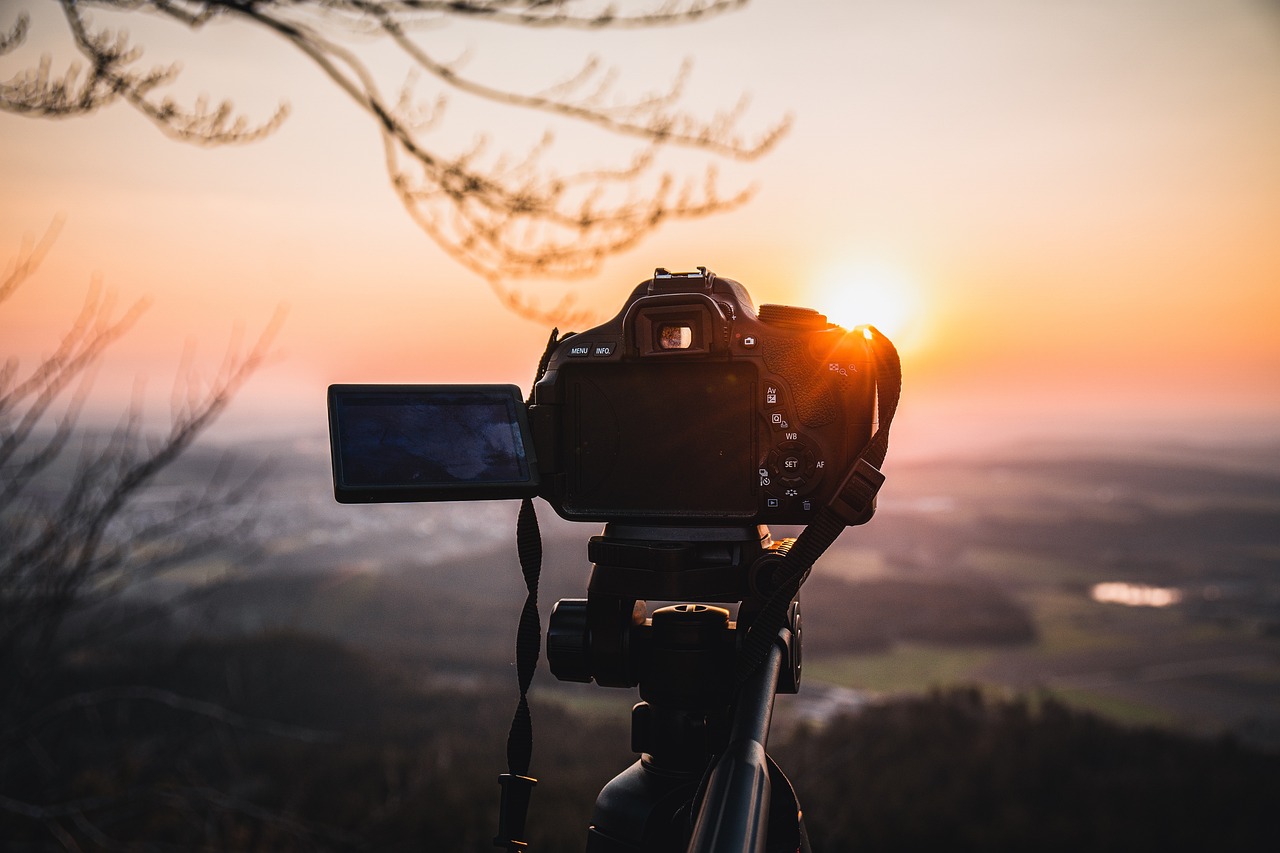Table of Contents
What Are Camera Shots ?
Shooting a piece of content is always tricky. There are different ways and angles to convey specific emotions. Camera shots are one of the bifurcations on the basis of the camera placement, and metrics like zoom, capturing different types of shot.
How Many Types of Camera Shots are there?
Every character and their emotions are portrayed differently through various types of shots, a few examples are close up shots where the character’s face fills the frame. There are many such shots which we’ll discuss in detail.
Types of Camera Shots
Now that you have gotten a basic understanding of what camera shots are, let’s look at the types of them with their use cases.
1. Establishing Shot
- Purpose: Sets the scene and context, showing the location or environment.
- When to use: At the beginning of a video or when transitioning to a new location.
- Example: An aerial shot of Mumbai in a LOT of Bollywood hits.
2. Close-Up (CU)
- Purpose: Focuses on a specific subject, typically a person’s face or a key detail.
- When to use: To capture emotions, reactions, or highlight an important object or detail.
- Example: A close shot of eyes to put emphasis on them.
3. Medium Shot (MS)
- Purpose: Shows the subject from the waist up, balancing detail with context.
- When to use: For interviews, conversations, or scenes where you want to show both the person and their surroundings. These are widely used for instagram reel content which requires a LOT of talking to the camera.
- Example: A person talking to the camera (A classic shot from The Office) or performing an action.
4. Over-the-Shoulder Shot (OTS)
- Purpose: Shows the perspective of someone looking at something or someone, usually from behind their shoulder.
- When to use: In dialogue scenes or to create a sense of intimacy or perspective.
- Example: Two people having a conversation, with one’s shoulder in the frame.
5. Wide Shot (WS)
- Purpose: Captures a large area or scene, showing both the subject and their environment.
- When to use: To give the viewer a sense of space, or to introduce characters or locations in a broad way.
- Example: The shot in The Martian.
6. Point of View Shot (POV)
- Purpose: Shows the scene from a character’s direct perspective.
- When to use: To immerse the audience in the character’s experience or to show what they’re looking at. These are great to use for Youtube shorts for a mini vlog.
- Example: A LOT of shots in animal animated movies.
7. Two-Shot
- Purpose: Shows two subjects in the same frame.
- When to use: In dialogue or interactions between two characters.
- Example: All the rom-coms with the two main characters walking side by side.
8. High Angle Shot
- Purpose: Looks down at the subject, making them appear smaller, weaker, or more vulnerable.
- When to use: To convey dominance, control, or vulnerability.
- Example: A LOT of spiderman scenes.
9. Low Angle Shot
- Purpose: Looks up at the subject, making them appear larger, more powerful, or imposing.
- When to use: To create a sense of power, authority, or intimidation.
- Example: A shot of a character walking, from below.
10. Tracking or Dolly Shot
- Purpose: Follows the subject as they move, providing a dynamic perspective.
- When to use: In action scenes or to emphasize movement or progression.
- Example: Following someone walking down the street or running through a crowd i.e. all chase sequences from Gangs of Wasseypur.
11. Tilt and Pan
- Purpose: Tilt moves the camera vertically (up/down), and pan moves it horizontally (left/right).
- When to use: To follow action or reveal a scene gradually.
- Example: Tilting up to reveal a character crucial to the scene.
12. Insert Shot
- Purpose: Focuses on a small detail or object within the scene.
- When to use: To emphasize an important detail or reaction that supports the narrative.
- Example: A close-up of a hand opening a letter, a clock ticking, or a phone screen displaying a message.
13. Bird-Eye View
- Purpose: Shows the point of view of a bird.
- When to use: To establish location and environment (e.g., cityscapes, battlefields) or to capture symmetry, patterns, or unique framing in artistic compositions.
- Example: The opening scene of The Dark Knight (2008), showing a bird’s-eye view of the city before the heist.
14. Dutch Angle (Tilted Shot)
- Purpose: Tilts the camera to create a sense of disorientation or unease.
- When to use: For action, suspense, or to represent confusion or imbalance.
- Example: Almost all Inception scenes, where the motto is to create a confusion between reality and a dream.
Combining Shots effectively
Can we combine two types of shots? Absolutely! A mix and match of different angles and movement of a camera adds depth to the scene and helps drive the narrative better. One of the examples is to combine low angle and tilt up shots i.e. tilting the camera upwards vertically from a low angle, to show and establish grandeur, strength, and dominance of a tall and broad figure.
Tips for Creators
Whether it’s a two-shot or a POV, it’s important to know which would work the best for your storyline and character. After going through all the different types, it’ll be easier to pick and choose the kind of shot you need. There are a few things to keep in mind, such as –
- Try learning to storyboard i.e. to draw every scene according to your imagination and plot, helping you plan the shots for them.
- Learning how to use certain camera features–like zoom in & out, helping you in executing these shots better.
- Equipment like tripod provide stability and a gimbal gives you ease of movements like tilt & pan.
- Various types of camera lens are used for different shots, for example- a wide lens is used for the establishing shot. Knowing which lens to use is crucial to take these shots.
- Choosing the type of camera is as important as the knowledge to use one, the right one makes all the difference. A go pro is used for various types of camera shots but particularly is popular for POV shots.

